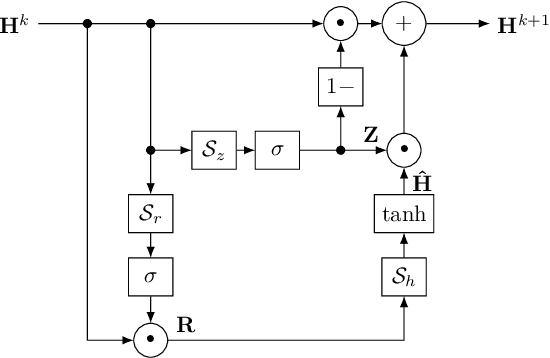Julian D. Parker
Stable Audio Open
Jul 19, 2024Abstract:Open generative models are vitally important for the community, allowing for fine-tunes and serving as baselines when presenting new models. However, most current text-to-audio models are private and not accessible for artists and researchers to build upon. Here we describe the architecture and training process of a new open-weights text-to-audio model trained with Creative Commons data. Our evaluation shows that the model's performance is competitive with the state-of-the-art across various metrics. Notably, the reported FDopenl3 results (measuring the realism of the generations) showcase its potential for high-quality stereo sound synthesis at 44.1kHz.
Long-form music generation with latent diffusion
Apr 16, 2024Abstract:Audio-based generative models for music have seen great strides recently, but so far have not managed to produce full-length music tracks with coherent musical structure. We show that by training a generative model on long temporal contexts it is possible to produce long-form music of up to 4m45s. Our model consists of a diffusion-transformer operating on a highly downsampled continuous latent representation (latent rate of 21.5Hz). It obtains state-of-the-art generations according to metrics on audio quality and prompt alignment, and subjective tests reveal that it produces full-length music with coherent structure.
StemGen: A music generation model that listens
Dec 14, 2023

Abstract:End-to-end generation of musical audio using deep learning techniques has seen an explosion of activity recently. However, most models concentrate on generating fully mixed music in response to abstract conditioning information. In this work, we present an alternative paradigm for producing music generation models that can listen and respond to musical context. We describe how such a model can be constructed using a non-autoregressive, transformer-based model architecture and present a number of novel architectural and sampling improvements. We train the described architecture on both an open-source and a proprietary dataset. We evaluate the produced models using standard quality metrics and a new approach based on music information retrieval descriptors. The resulting model reaches the audio quality of state-of-the-art text-conditioned models, as well as exhibiting strong musical coherence with its context.
Differentiable Allpass Filters for Phase Response Estimation and Automatic Signal Alignment
Jun 02, 2023



Abstract:Virtual analog (VA) audio effects are increasingly based on neural networks and deep learning frameworks. Due to the underlying black-box methodology, a successful model will learn to approximate the data it is presented, including potential errors such as latency and audio dropouts as well as non-linear characteristics and frequency-dependent phase shifts produced by the hardware. The latter is of particular interest as the learned phase-response might cause unwanted audible artifacts when the effect is used for creative processing techniques such as dry-wet mixing or parallel compression. To overcome these artifacts we propose differentiable signal processing tools and deep optimization structures for automatically tuning all-pass filters to predict the phase response of different VA simulations, and align processed signals that are out of phase. The approaches are assessed using objective metrics while listening tests evaluate their ability to enhance the quality of parallel path processing techniques. Ultimately, an over-parameterized, BiasNet-based, all-pass model is proposed for the optimization problem under consideration, resulting in models that can estimate all-pass filter coefficients to align a dry signal with its affected, wet, equivalent.
Physical Modeling using Recurrent Neural Networks with Fast Convolutional Layers
Apr 21, 2022



Abstract:Discrete-time modeling of acoustic, mechanical and electrical systems is a prominent topic in the musical signal processing literature. Such models are mostly derived by discretizing a mathematical model, given in terms of ordinary or partial differential equations, using established techniques. Recent work has applied the techniques of machine-learning to construct such models automatically from data for the case of systems which have lumped states described by scalar values, such as electrical circuits. In this work, we examine how similar techniques are able to construct models of systems which have spatially distributed rather than lumped states. We describe several novel recurrent neural network structures, and show how they can be thought of as an extension of modal techniques. As a proof of concept, we generate synthetic data for three physical systems and show that the proposed network structures can be trained with this data to reproduce the behavior of these systems.
 Add to Chrome
Add to Chrome Add to Firefox
Add to Firefox Add to Edge
Add to Edge